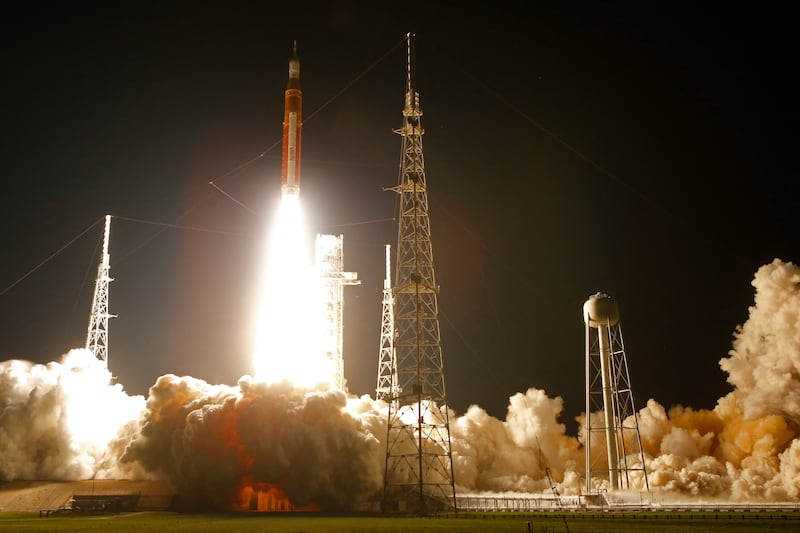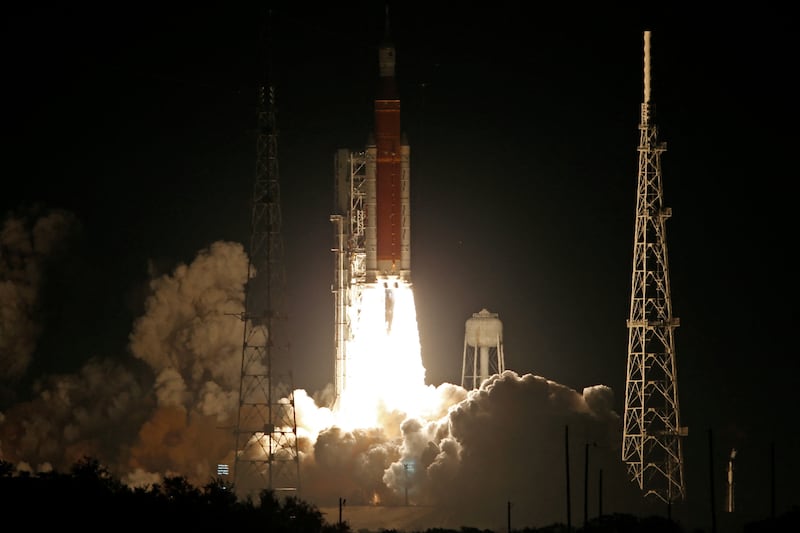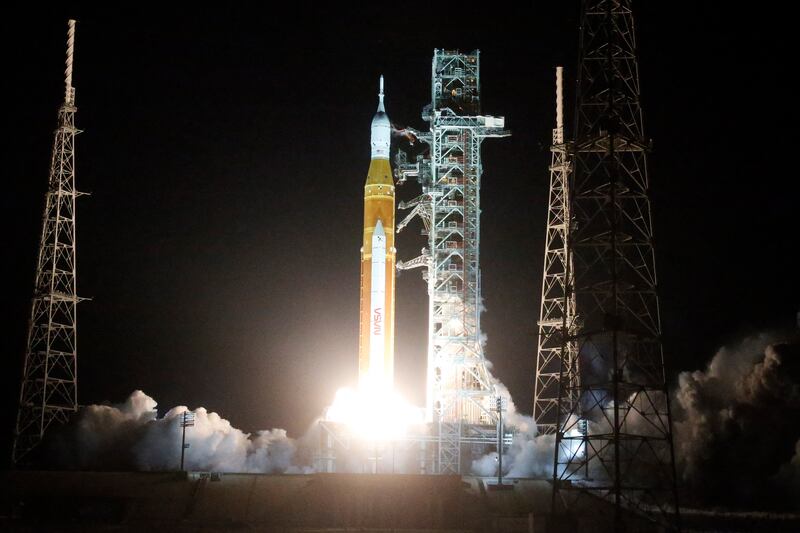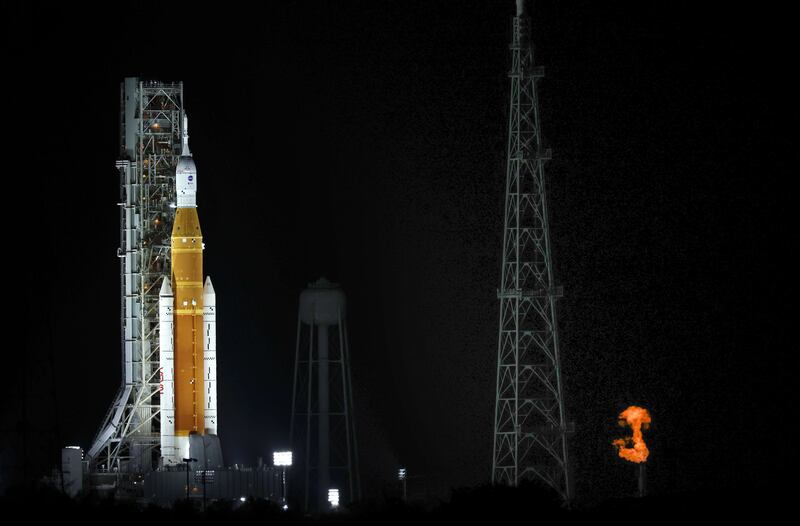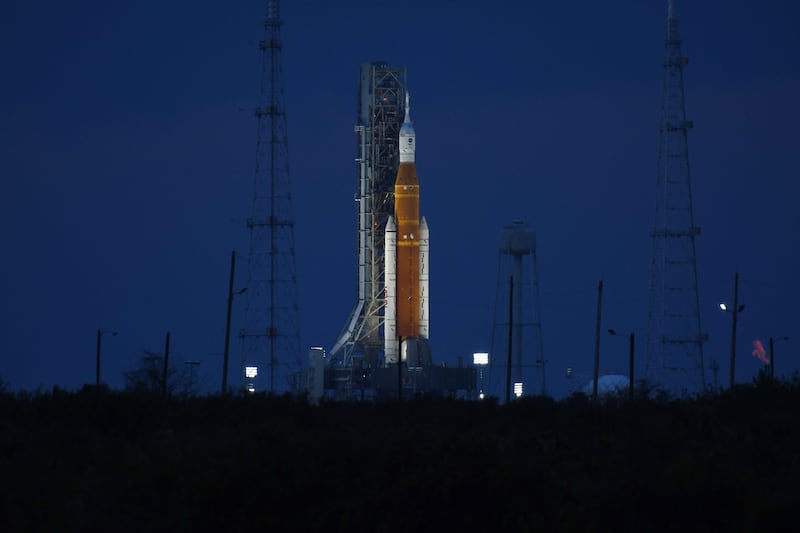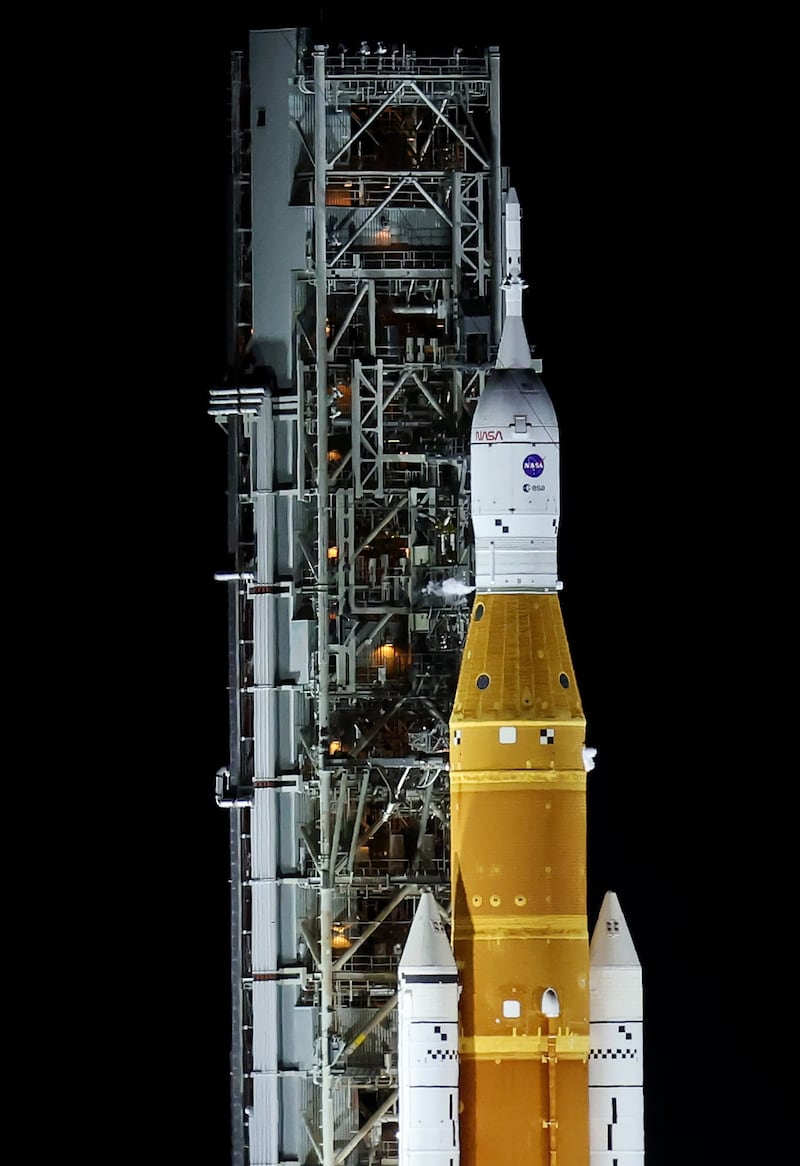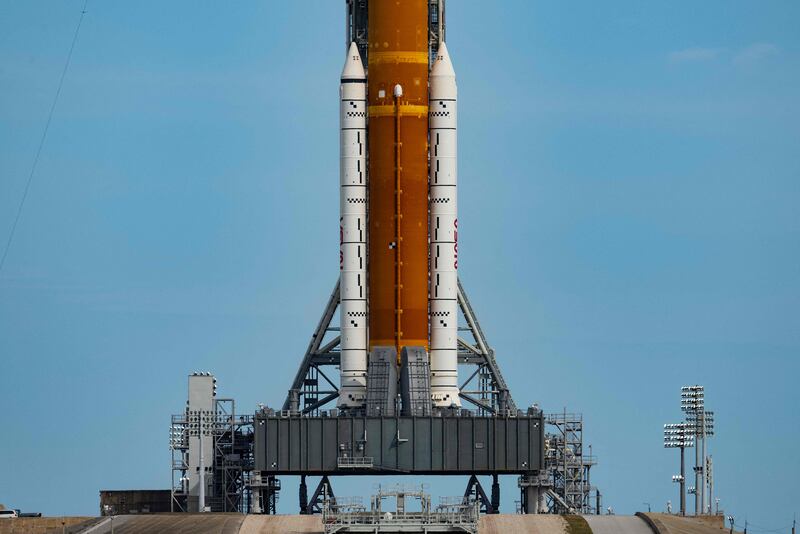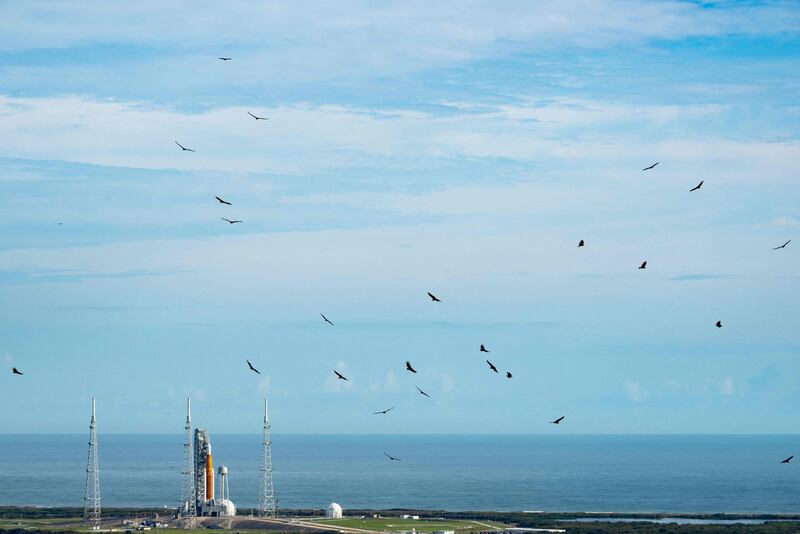Lunar exploration through Nasa’s international Artemis programme can unlock the secrets of deep space exploration and signal a new era of human habitation on the Moon and Mars, a major conference has heard.
Speaking at the 74th International Astronautical Congress in Baku, global experts said the programme, which will see humans step foot on the Moon for the first time in 50 years, is critical to the long-term plan of colonising outer worlds.
The Artemis project got under way on November 16, 2022 when Nasa’s unmanned Orion spacecraft orbited the Moon to usher in a new era of space exploration.
International space experts told the annual space conference in Azerbaijan that a manned operation to the lunar surface was critical to understanding the long-term physical impact of deep space exploration.
“The good news is we know we've already been to the moon and back,” said Sharmila Bhattacharya, a scientist for Space Biology in Nasa’s Biological and Physical Science division.
“We also know from all the work, all the studies that have been done on the International Space Station that there are effects at neurological and physiological levels.
“As a long-duration analogue for future lunar and Mars missions, the ISS has been an important way in which we're beginning to get a sense of what effects long-duration exposure to space flight in reduced gravity or microgravity have, as well as elevated radiation.”

While the first mission contained only a ‘moonakin’ on board, Artemis 2 – penned in for November 2024 – will have four crew aboard to complete a similar orbital mission, before a complete landing on the Moon’s surface in December 2025 in the Artemis 3 mission.
As part of the Artemis programme, Nasa aims to create an outpost orbiting the Moon to provide vital support for repeat visits to the lunar surface, and further into space.
Tests and research
The gateway station will serve as a staging point for deep space exploration, and will follow the Artemis 3 mission with a human surface landing.
Operational tests and research on Earth are already preparing astronauts for Moon landings.
They include landing vehicles tested in mountainous, barren landscapes to replicate the lunar surface, isolation pods to assess the physical and psychological impact of a long-term space mission, and also special vests to block out space radiation.
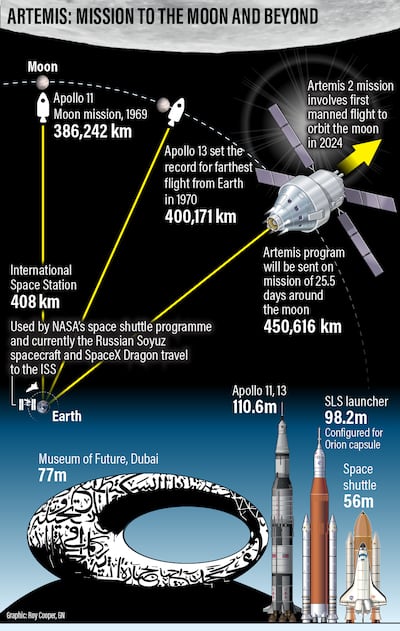
“We’ve added a lot of hardware for the crew on the Artemis 2 mission,” Jim Free, Nasa’s associate administrator for the Exploration Systems Development Mission Directorate (ESDMD), told the conference in Baku.
“There are lot of life support systems and new hand controllers so the vehicle can be controlled.
“We will learn on every mission we do and test during a 24-hour Earth orbit, before we commit to going to the Moon.
“And then for future missions, we'll start to add hardware for Artemis 3, we'll have our lunar lander, we'll have space suits. Those are in development today.”

The primary goals for Artemis 1 were to demonstrate Orion’s systems in a space flight environment and ensure a safe re-entry, descent, splashdown, and recovery before the first flight with crew on Artemis 2.
Artemis 2 will include a woman and three men – Nasa astronauts Christina Hammock Koch, Reid Wiseman, Victor Glover, and Canadian Space Agency astronaut Jeremy Hansen.
At the IAC event in Baku, Miguel Bello Mora, director general of the Spanish Space Agency, said the mixed crew will inspire more women to want to go into space.
“We need a vocation for space and astronauts are a pubic relation to promote these vocations, especially among women,” he said.
“In Spain, we have only 20 per cent of women talent in the space industry, so we need to foster that.
“There needs to be a reference for young girls to increase those numbers.
“Our resources on Earth will eventually end for the population, so we need to colonise other environments, the sooner the better.”
